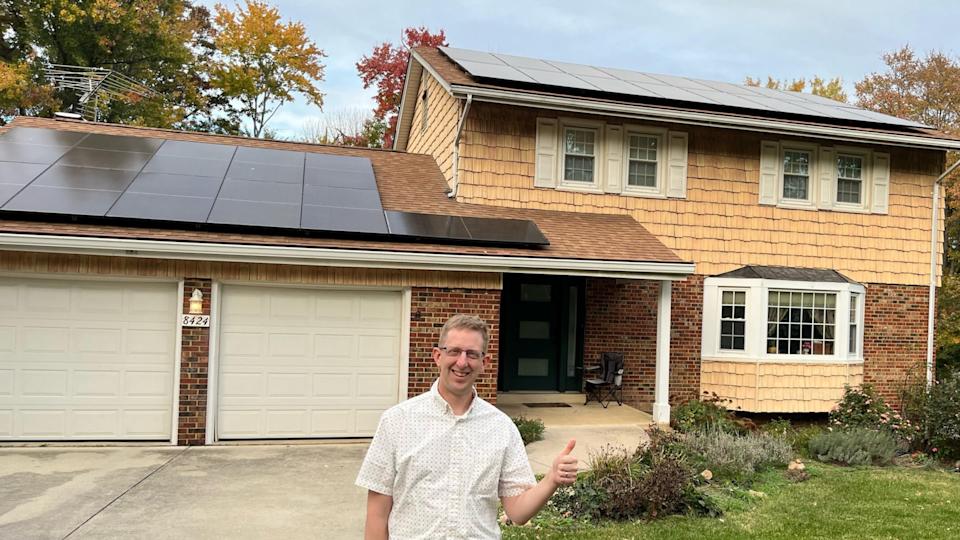Maximize Your Savings: A Complete Guide to Solar Incentives in 2025
Switching to solar has never been more attractive. Thanks to government-backed solar incentives, homeowners across the U.S. are slashing their electric bills and boosting their property values. Whether you’re curious about tax credits or wondering about real-life savings, understanding today’s solar incentives can help you make an informed decision. In this guide, we’ll break down everything you need to know to leverage these benefits in 2025.

What Are Solar Incentives?
Solar incentives are financial rewards provided by federal, state, or local governments to encourage the adoption of solar energy. These incentives may include tax credits, rebates, or net metering policies. The goal is to lower your upfront costs and speed up your return on investment.
Types of Solar Incentives Available
1. Federal Tax Credits
The federal Investment Tax Credit (ITC) remains one of the most significant incentives. It lets you deduct up to 30% of your solar installation costs from your federal taxes. For example, if you spend $30,000 on a system, you might save $9,000 right off the bat. Learn how one Virginia homeowner received over $14,000 in government incentives and now has no electric bill to pay. These savings add up quickly, especially when combined with energy savings from powering your home with the sun.
2. State and Local Rebates
Depending on where you live, your state or city might offer additional rebates. These can further decrease your installation cost, sometimes by thousands of dollars. Combining local and state perks with federal tax credits can make a huge difference.
3. Net Metering
Net metering policies make it possible to earn credits for any extra electricity your system produces. If your solar panels generate more power than you use, the excess is sent to the grid and you get credits toward future bills.
Real Stories: How Solar Incentives Deliver Massive Savings
The best way to understand the power of solar incentives is to hear from homeowners who have benefited. One retiree shared the true cost and savings of installing solar panels, revealing how solar brought their electricity costs to zero. Over 25 years, this decision amounted to more than $15,000 in net savings compared to staying with the utility company. Another homeowner, after receiving impressive government support, covered 100% of their family’s energy needs and became a net exporter—earning them credits through local net metering.
Why Act Now?
The future of solar incentives relies on current policies, such as those created under the Inflation Reduction Act. While these laws continue to support solar adoption, some elements may change over time. Acting now can help you lock in maximum savings while programs are available. You can read more about these real-life incentives and why it’s smart to act quickly in this detailed analysis.
Making the Most of Solar Incentives
To maximize your benefits:
- Get multiple quotes from professional installers.
- Research both federal and local programs in your area.
- Take advantage of online calculators and tools to estimate your savings.
For an extra layer of insight, you may want to check out an energy expert’s guide to buying a home with solar panels.
The Bottom Line
Solar incentives make switching to renewable energy affordable and rewarding. By taking advantage of these programs, you could see your energy costs drop to zero—or even start earning credits from your local utility. Act now to secure the available savings and help build a cleaner, more sustainable future. Ready to see how much you could save? Start researching today and take the first step toward an energy-independent home.